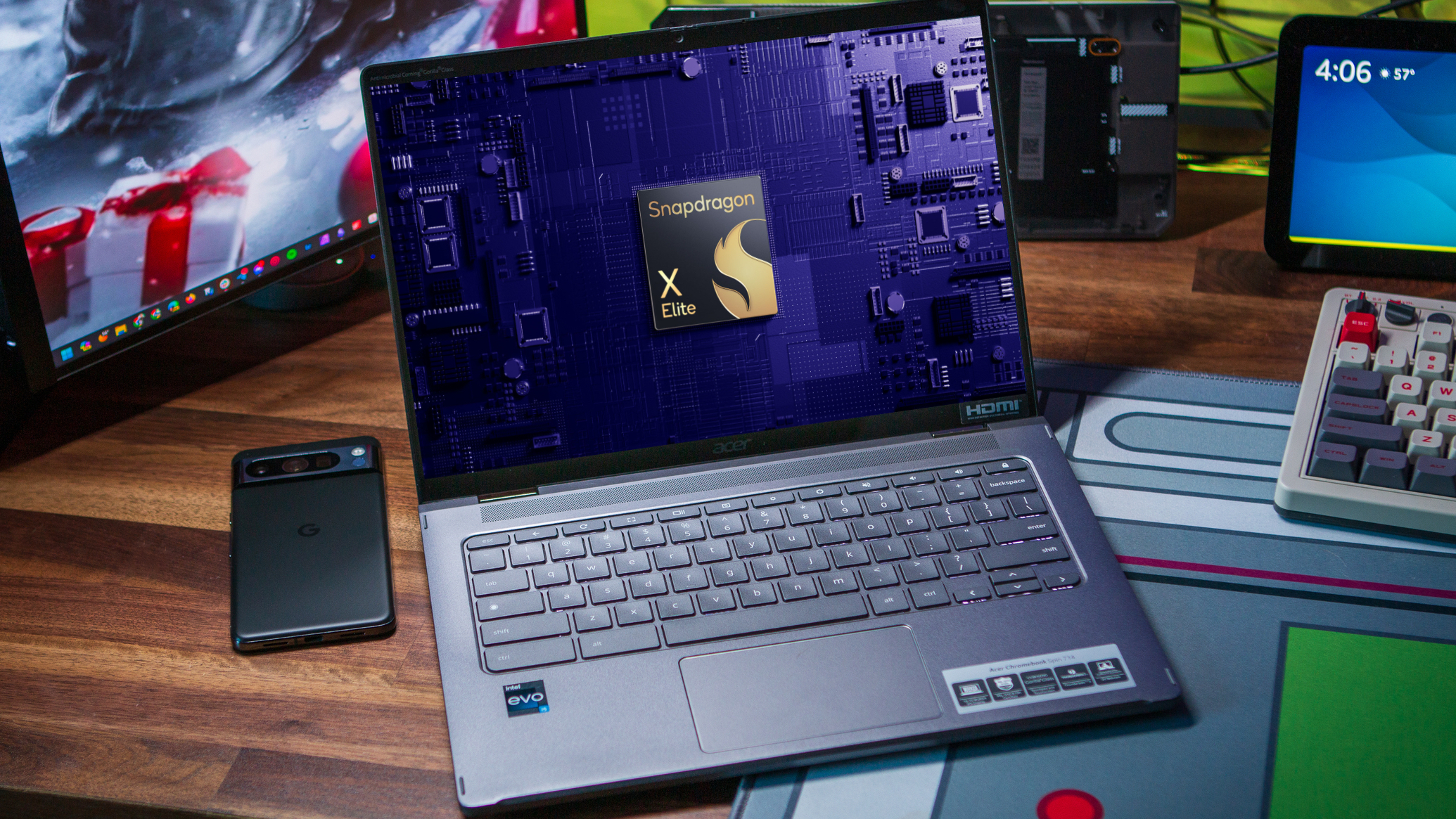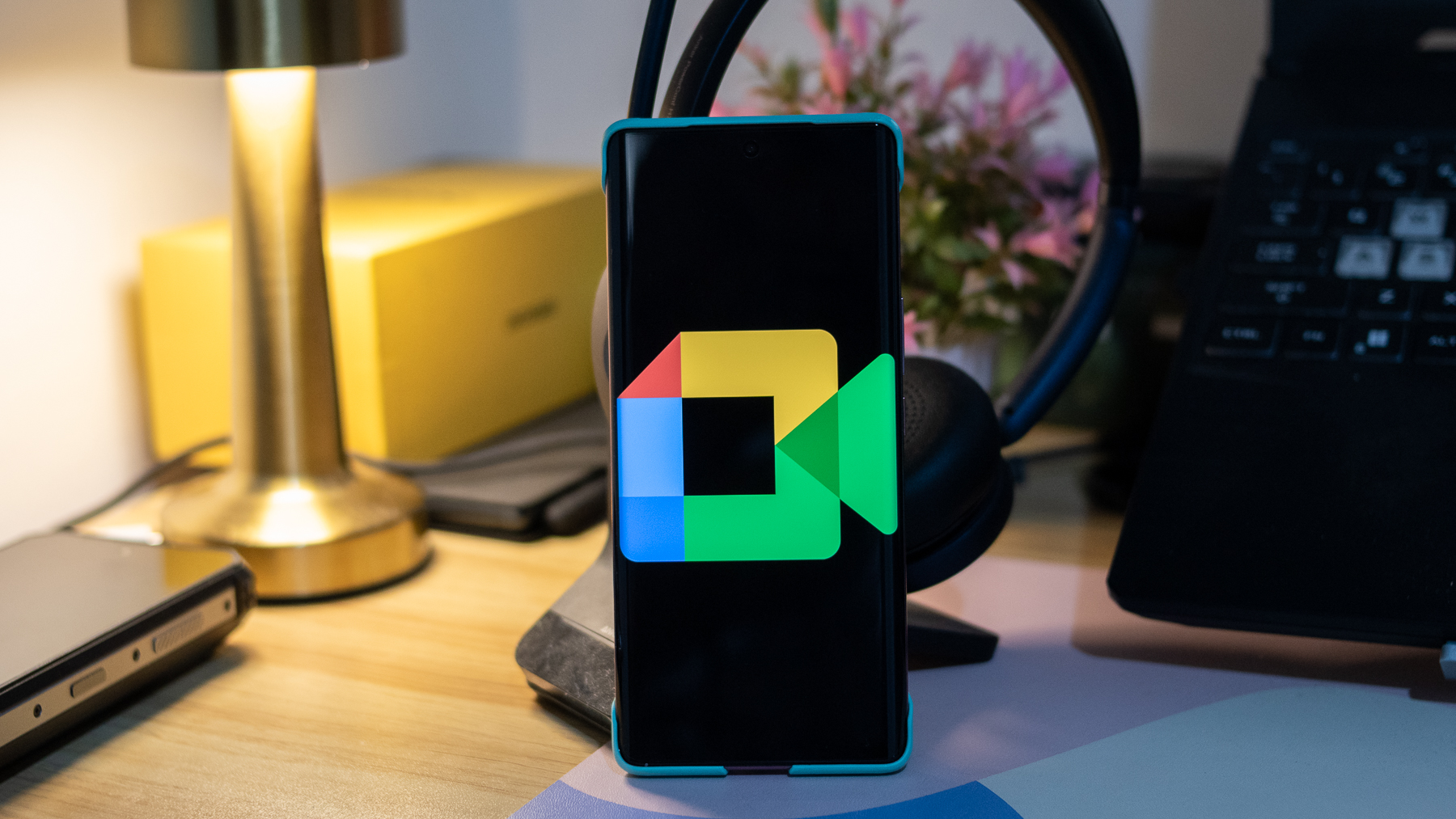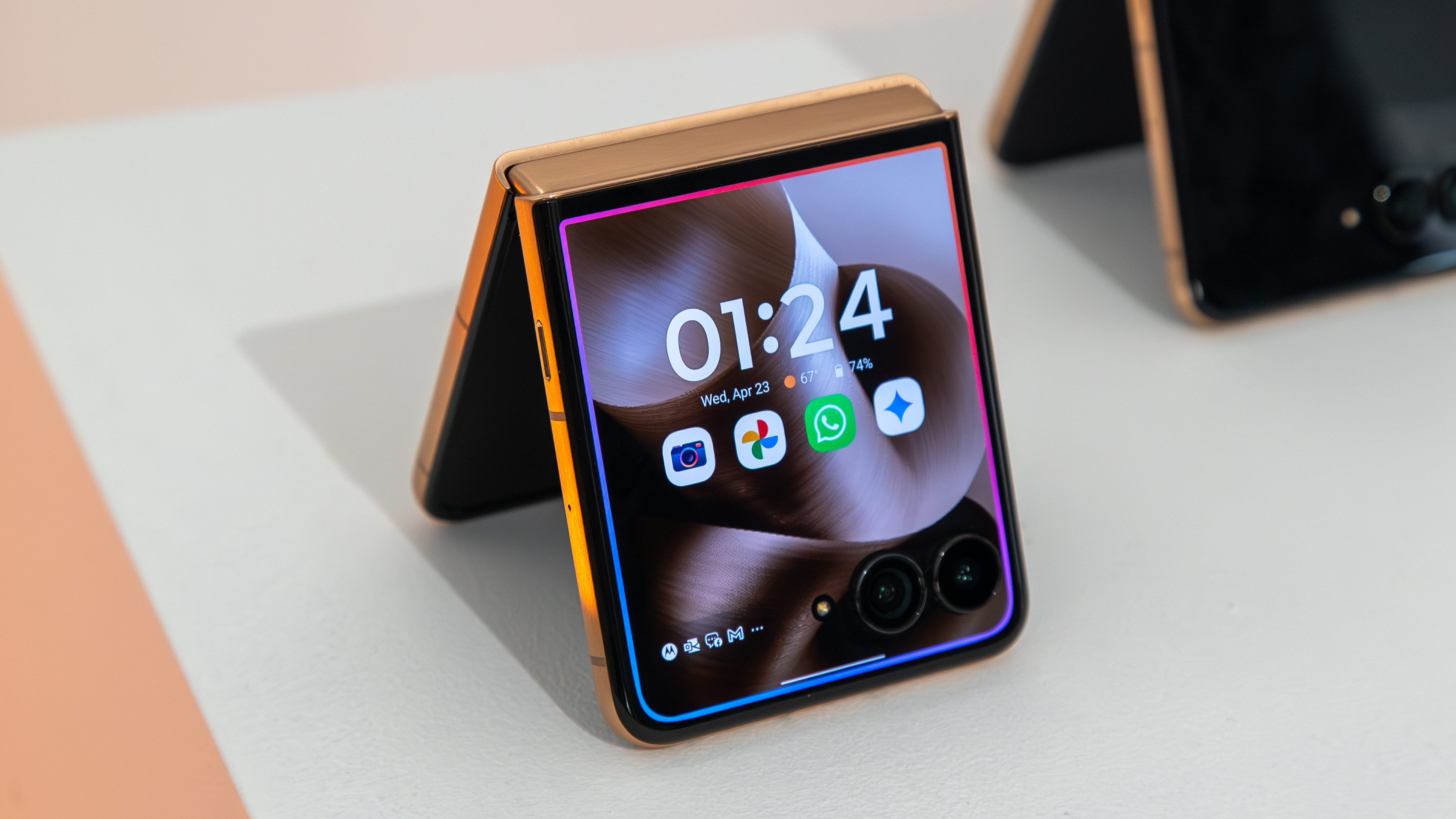Exciting Developments in Chromebooks: Snapdragon X Plus Support Emerging

Just a few weeks ago, I expressed my concerns about the gradual decline of ChromeOS. However, recent developments have sparked renewed optimism, as we witness the introduction of new Chromebooks from major manufacturers like Acer and ASUS. The landscape of ChromeOS devices is evolving, and it seems that the platform may not be fading away as I had feared.
Robby from ChromeUnboxed, a recognized expert in exploring the intricacies of the Chromium Repositories, has uncovered a significant commit that indicates "initial support for Qualcomm X1P42100 SoC." For those unfamiliar with the technical jargon, this codename refers to the Snapdragon X Plus chip, which has the potential to enhance the capabilities of future Chromebooks.
Its important to note that while this commit suggests that development is underway, it does not guarantee that a new Chromebook featuring this technology will ever reach the market. Historically, there have been numerous occasions where promising devices have almost materialized, only to ultimately vanish into obscurity. Nevertheless, I hold onto hope that this particular case will lead to a successful outcome.
The commit message itself lacks additional details, leaving us in the dark about what a Chromebook powered by the Snapdragon X Plus might look like. At this stage, what matters most is that progress and innovation are occurring within the ChromeOS ecosystem.
Importantly, this is not the first occasion weve seen new ARM chips being integrated into Chromebooks. Recently, MediaTek made headlines with the launch of its Kompanio Ultra processor, engineered specifically for high-performance Chromebooks. This new chip promises nearly a 20% improvement in CPU performance while consuming up to 50% less power than competing processors. Such efficiency translates to an impressive battery life, with MediaTek claiming that devices utilizing this chip can last up to 20 hours on a single charge.
The potential of an ARM-powered Chromebook is indeed enticing, offering performance comparable to Windows laptops but with the added benefit of all-day battery life. Furthermore, ARM devices tend to be lighter and more compact than traditional laptops, making them particularly appealing for students and travelers alike.
Thus far, MediaTek has been gradually carving out a niche within the Chromebook market, with a mix of Intel processors and the occasional Snapdragon 7c from Qualcomm. A notable example is the Lenovo Chromebook Duet 11, which showcases the capabilities of the Kompanio 828 chip and performs admirably. However, there remains room for improvement in this segment.
Assuming that Google remains committed to this direction, we could eventually see ChromeOS evolve into a competitor for devices like the Surface Pro 11 or Surface Laptop 7. Moreover, it might be worthwhile for Google to revisit the Pixelbook 2, which was shelved in 2022, and consider releasing it with the Snapdragon X Plus as its driving force.
While it's exciting to think about these possibilities, its crucial to maintain a sense of realism. Theres a chance that we may never witness a production-ready Snapdragon X Plus Chromebook. It could very well be that Google is merely utilizing this chip as a transitional development platform, waiting for the Snapdragon X chip that Qualcomm is expected to unveil at CES 2025.
The financial aspect cannot be overlooked either. The entry price for Snapdragon X Plus devices typically starts at around $700, particularly when avoiding the second-hand market. Historically, Google and its partners have been cautious about releasing Chromebooks priced above this threshold, as seen with the Samsung Galaxy Chromebook Plus and Acer Chromebook Plus Spin 714, both of which stay close to that price point.
As such, while the news is promising, its prudent to temper expectations regarding the release of a Snapdragon X Elite Chromebook. However, the integration of the Snapdragon X Plus could provide Google with valuable insights and experience in refining its platform before launching any future devices.


























